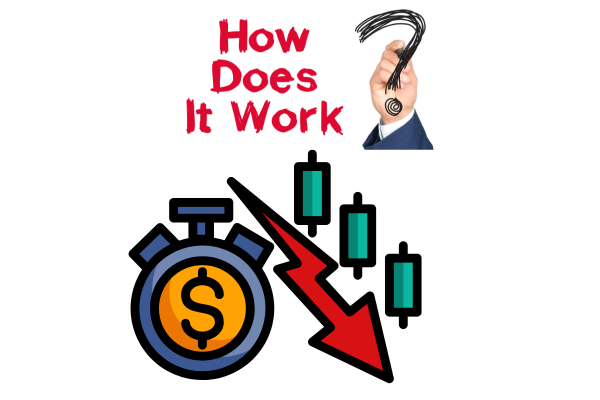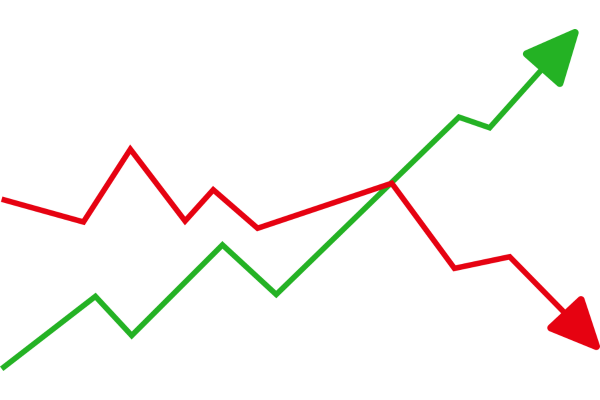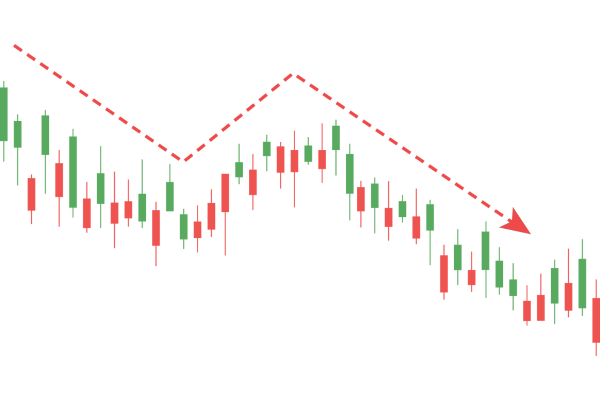Short selling is a trading strategy where investors sell borrowed shares, aiming to buy them back later at a lower price, profiting from the decline. This technique is popular in bearish markets or during anticipated downturns, allowing traders to capitalize on falling prices. What is Short Selling? Learn How Investors Profit from Falling Prices is a crucial concept for investors seeking diversified strategies to manage risk or generate profits in volatile markets. However, it carries significant risks and requires careful analysis, as prices can rise unexpectedly, leading to substantial losses for the short seller.
Table of Contents
Understanding the Basics of Short Selling

In simple terms, short selling involves borrowing shares of a stock you don’t own and selling them at the current market price. The idea is to later repurchase these shares at a lower price, return them to the lender, and pocket the difference as profit. For example, if you short a stock at ₹100 and it drops to ₹80, you buy back at ₹80, return the shares, and profit ₹20 per share.
Why Do Investors Use Short Selling?

The primary motivation behind short selling is to capitalize on an anticipated decline in the stock price. Short sellers are generally betting against a company’s prospects, believing that external factors or poor fundamentals will cause the stock price to fall. What is Short Selling? Learn How Investors Profit from Falling Prices is rooted in the fundamental idea that investors profit from market declines, making it a strategic tool during market downturns.
How Does Short Selling Work?

- Borrow Shares: First, the investor borrows shares from a brokerage or another investor.
- Sell at Market Price: The borrowed shares are sold at the current market rate, locking in that value.
- Wait for Price Drop: The short seller waits for the stock’s price to decline as anticipated.
- Repurchase Shares: If the price falls, they buy back the shares at the new lower price.
- Return Shares and Pocket Profit: Finally, they return the shares to the lender and keep the profit difference.
Through this process, What is Short Selling? Learn How Investors Profit from Falling Prices demonstrates that short selling requires a strong conviction that the stock price will decrease.
Key Reasons to Consider Short Selling

- Market Hedging: Many investors use short selling to hedge other long positions, offsetting losses if the market or certain stocks decline.
- Taking Advantage of Downturns: Short selling is attractive during bear markets or when investors expect an industry-wide downturn.
- Short-Term Speculation: Since stock prices can fluctuate over time, some traders leverage short selling for short-term gains based on market predictions or news events.
What is Short Selling? Learn How Investors Profit from Falling Prices illustrates that these reasons can vary, but all rely on market timing and anticipation.
Risks of Short Selling: Potential Drawbacks
Short selling is inherently risky, with the possibility of facing unlimited losses if the stock price rises unexpectedly. Here are some risks:
- Unlimited Loss Potential: Unlike traditional buying where the maximum loss is the amount invested, short selling losses can theoretically be limitless.
- Short Squeezes: A short squeeze happens when a heavily shorted stock rises in price, forcing short sellers to buy back shares at higher prices, further pushing up the stock’s price.
- Margin Requirements: Short selling typically requires margin trading, meaning borrowing funds to trade, which exposes investors to even greater financial risks.
- Interest Costs: Investors may need to pay interest on borrowed shares, which can add to the cost of maintaining a short position.
- Market Volatility: Sudden positive news or unexpected earnings can result in rapid stock price increases, causing significant losses.
In What is Short Selling? Learn How Investors Profit from Falling Prices, it’s essential to emphasize these risks, as they make short selling unsuitable for most beginners.
Strategies in Short Selling

- Research and Analysis: Short sellers rely on technical and fundamental analysis to identify potential declines. Earnings reports, market trends, and sector analysis are all critical.
- Timing the Market: Successful short selling requires accurate timing since even a good call on a company’s outlook can result in losses if the timing is off.
- Using Stop-Loss Orders: To mitigate losses, experienced short sellers often place stop-loss orders, which automatically close out the position if the stock price rises to a certain level.
- Pairing with Long Positions: Some investors use long and short positions in the same industry or sector to balance risk.
What is Short Selling? Learn How Investors Profit from Falling Prices showcases these strategies, revealing that effective short selling requires discipline and advanced knowledge.
Real-World Examples of Short Selling Success and Failure

- Short Selling in the Financial Crisis: During the 2008 financial crisis, many investors profited by shorting stocks of financial companies and mortgage lenders, which were highly over-leveraged and destined to fall.
- Tesla Short Sellers: Tesla’s stock, heavily shorted for years due to skepticism about its profitability, rose rapidly, causing substantial losses for short sellers. This case highlights the unpredictability and potential pitfalls of short selling.

These examples demonstrate that What is Short Selling? Learn How Investors Profit from Falling Prices often depends on both timing and insight into market trends.
Important Indicators and Research for Short Sellers
To succeed in short selling, investors pay attention to:
- P/E Ratios: High P/E ratios may indicate overvaluation, a potential signal for short sellers.
- Debt Ratios: High levels of debt increase a company’s vulnerability to market downturns.
- Technical Patterns: Patterns such as descending triangles or head-and-shoulders may signal declines.
- Analyst Sentiment: Analyst downgrades or negative outlooks can be early signals of falling stock prices.
What is Short Selling? Learn How Investors Profit from Falling Prices highlights that the right research tools are essential for identifying potential short targets.
Ethical Considerations in Short Selling
Short selling has ethical implications, as short sellers profit from a company’s misfortune. Critics argue that short sellers sometimes exploit weaknesses or spread negative information to push stock prices down. However, advocates argue that short selling adds liquidity to the market and can prevent overvaluation by challenging stock prices. What is Short Selling? Learn How Investors Profit from Falling Prices considers this ethical dimension, which is a crucial aspect of understanding short selling’s place in the financial world.
Regulations and Rules Governing Short Selling

Many countries impose rules and restrictions on short selling to protect markets and prevent abuses. For example, the U.S. has an uptick rule to prevent short sales on stocks in rapid decline. Meanwhile, India and other markets regulate short selling through measures like margin requirements and position limits. These regulations reflect a broader understanding within What is Short Selling? Learn How Investors Profit from Falling Prices that regulatory safeguards are critical to maintaining market stability.
Who Should Avoid Short Selling?
Due to its high risk, short selling isn’t suitable for everyone. Investors who are new to the market, or who are risk-averse, should avoid short selling. Additionally, those without access to substantial capital or margin accounts may find it challenging. What is Short Selling? Learn How Investors Profit from Falling Prices suggests that conservative investors stick with traditional buy-and-hold strategies instead.
Alternatives to Short Selling
- Inverse ETFs: Inverse ETFs are funds designed to move in the opposite direction of an index, providing a way to profit from declines without short selling.
- Options Trading: Put options allow investors to benefit from a falling stock price without the risks associated with borrowing shares.
- Bear Funds: Bear funds are mutual funds that are managed to profit from a declining market.
These alternatives offer a way to capitalize on falling prices while potentially reducing risk, as highlighted in What is Short Selling? Learn How Investors Profit from Falling Prices.
Conclusion: Making the Most of Short Selling Responsibly
What is Short Selling? Learn How Investors Profit from Falling Prices highlights a strategy where investors sell borrowed shares, aiming to repurchase them at a lower price to secure profits. This approach allows traders to benefit from market declines, offering opportunities during bearish trends. However, it involves significant risk, as losses can exceed initial investments if prices rise unexpectedly. Understanding market conditions, employing proper risk management, and staying informed are critical for successful short selling. Mastering What is Short Selling? Learn How Investors Profit from Falling Prices empowers investors to navigate diverse market scenarios and enhance their trading strategies effectively.
FREQUENTLY ASKED QUESTIONS (FAQs)
1) Is short selling legal in India?
Yes, short selling is legal in India, but it’s regulated. Retail and institutional investors can engage in short selling, although it must be done through exchanges with specific rules in place. Investors are required to settle trades within set time frames, and borrowing stocks for shorting is allowed under the Stock Lending and Borrowing Mechanism (SLBM).
2) What is the new rule for short selling?
In 2024, the Securities and Exchange Board of India (SEBI) introduced updated regulations for short selling in Indian markets, aiming to increase transparency and manage risks. SEBI now allows short selling for all investor categories, though it continues to restrict naked short selling—investors must ensure that they can deliver the stock at settlement. Short selling is only permitted for stocks in the futures and options (F&O) segment, which SEBI periodically reviews to assess eligibility.
3) How much margin do I need to short sell?
The margin required to short sell depends on the exchange’s rules, the broker’s policies, and the stock’s volatility. Generally:
- Initial Margin: You must deposit a percentage of the stock’s value, typically 20%-50% for most stocks.
- Maintenance Margin: You must maintain a certain equity level in your account, usually 10%-25%. If the stock’s price rises and your account falls below this level, a margin call occurs.
- Volatile Stocks: Stocks with higher volatility may require higher margins.
4) How to calculate short sell profit?
To calculate profit from a short sell, use this formula:
Profit = (Sell Price – Buy Price) × Number of Shares – Fees
Example:
- You short-sell 100 shares at ₹200 each (Sell Price).
- Later, you buy them back at ₹150 each (Buy Price).
- Fees (brokerage, interest, etc.) are ₹500.
Profit = (200 – 150) × 100 – 500 = ₹4,500
Thus, your profit is ₹4,500 after deducting fees.





